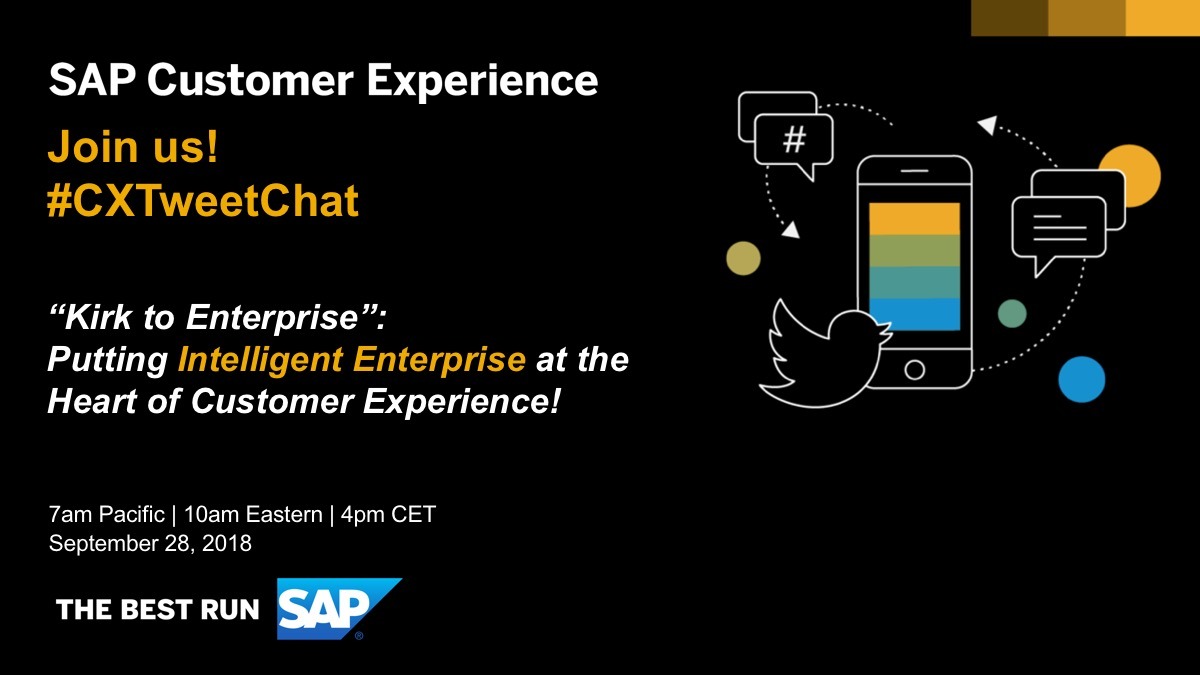Space – the Final Frontier. These are the voyages of the Starship Enterprise.
Any Trekkie (and quite a few non-Trekkies like myself) can spout this verbatim. Kirk was a far more emotional thinker, relying on his gut to solve problems, whereas Spock preferred the more rational and “logical” approach. Together, they found unique approaches to problems the Federation was encountering.
They got to take out the bad guys and boldly go where no one had gone before.
Daniel Kahneman (who I don’t think is a Trekkie), wrote Thinking, Fast and Slow, peeling back human behavior and decision-making. He claims we are influenced by cognitive biases and impulses much more than logic and reason. This is known as System 1 thinking; being slower and more deliberate is known as System 2 thinking.
You could argue that the combination of Kirk and Spock’s thinking made their voyages more of an “Intelligent Enterprise”.
Set phasers to stun
When considering how to put Intelligent Enterprise at the heart of the customer experience, CTO of SAP Customer Experience Moritz Zimmerman agrees that we need to fully understand the customer, who they are, and what they want. This means developing processes that are rational and logical, but also jointly understanding human nuance and perspective, leading to an outsize performance.
According to Moritz, “In the digital world we are continually considering how to deliver a great experience to customers at scale. We need to replicate what a well-trained salesperson can do, translating that to a global understanding of what customers want. It becomes then an issue of refining efficiency and effectiveness, matching demand with your supply chain”
Beam me up
Sheryl Kingstone, Research Vice-President for 451 Research, argues that using Intelligent Enterprise correctly means new channels of engagement and information coming into organizations faster than ever. It’s not just a technical shift, but a cultural one. As businesses continue to align around digital culture, new ways will need to be discovered to engage customers and improve the customer experience.
Sheryl says, “There will be a seismic shift in growth strategies for business and consumers to subscribe to services, rather than buy product. The result will be a strong focus on loyalty and relationships that build upon consistent, positive interactions with customers”.
Moritz agrees, painting an image of the modern customer who knows what they want and when they want it. He explains “they are fully in charge. If you go back 20 years you could only buy certain products in specific cities. It’s now the dominant model that consumers will go on the internet and buy stuff there – they don’t even necessarily want to speak to a service/sales-person. They do everything with their phones.”
With that in mind, Moritz reckons that with the evolution of Intelligent Enterprise salespeople will be freed up to work on the customer service chain at a much higher level, allowing the human element to continue defining the overall chain.
The Prime Directive: Do no harm
Due to several high-profile data breaches, including evidence of political chicanery on social media, customers are rightly a little guarded about their personal information. How then to overcome distrust?
A recent study shows that 27% of respondents feel they are less trusting of brands based on what has happened with data privacy, and the Cambridge Analytica data scandal. Sheryl Kingstone says that consumers have been pulling back on providing personalized information. To regain trust, “Data breaches erode trust. We must be more transparent and disclose more. Some websites are asking visitors to opt in to multiple privacy agreements. We need to move beyond this model, finding a way to retain the human element in systems.”
Moritz agrees that trust is slowly earned, and that marketers and salespeople need to design trust points throughout systems. This will reassure people that data collected is necessary and used for the purposes they expect in a non-creepy way.
Customer experience: The Final Frontier
Where to next, in the customer experience journey?
Building systems with today’s customer in mind – and their differentiated profiles – planning not only to meet, but exceed their expectations. Developing trust and an authentic relationship will lead to higher levels of engagement and subsequently greater customer satisfaction.
Finally, recognizing the human element will be critical in the successful delivery of Intelligent Enterprise as the future beckons, letting your organization live long and prosper.


